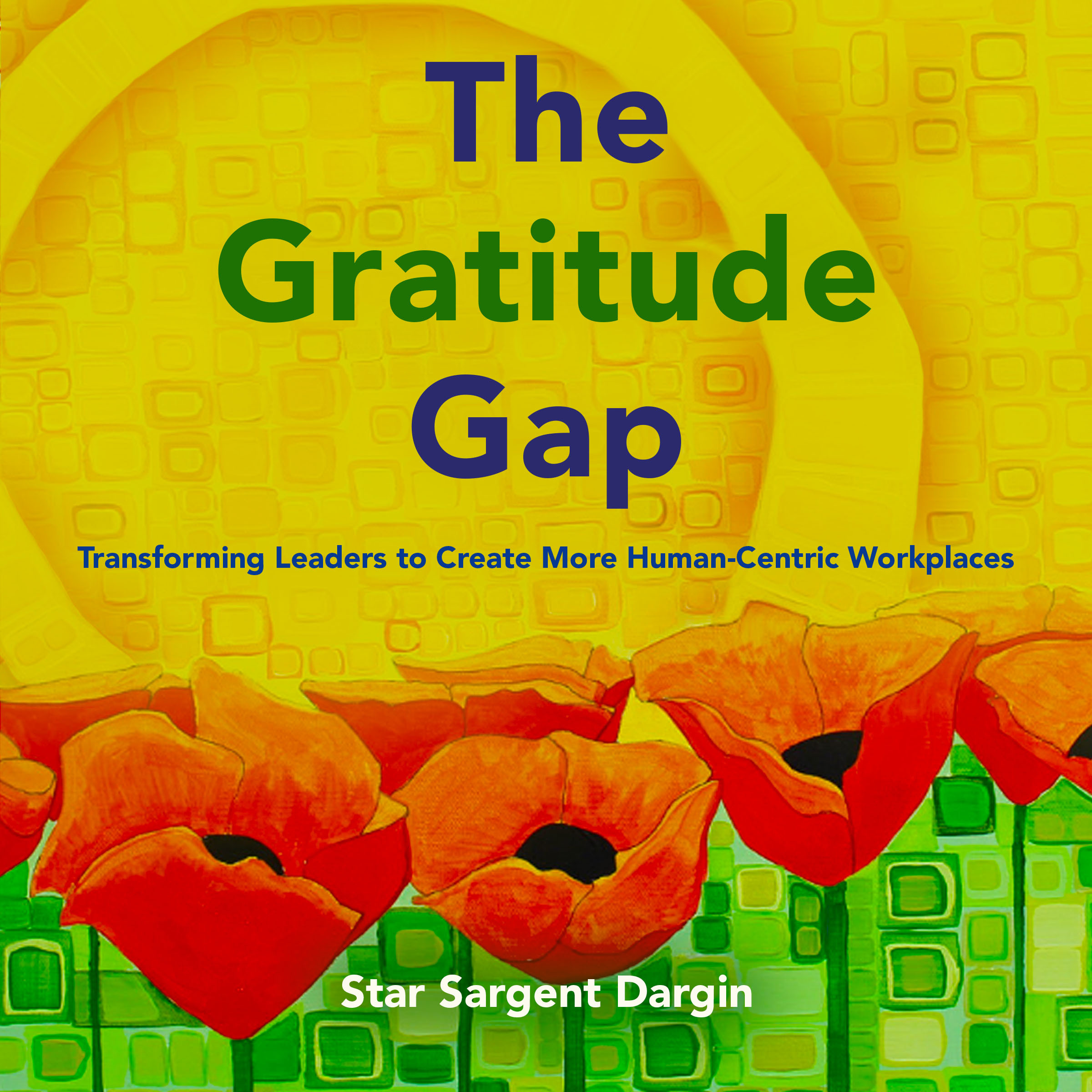As days grow darker early here in New England, we need to care for ourselves and stay rooted in the light. Not everything labeled “gratitude” is truly gratitude. Sometimes, it shows up in ways that aren’t authentic or healthy. I call this dark gratitude—and here are a few examples:
- Transactional – given with the expectation of something in return.
- Scripted flattery – praise designed to trigger positive responses.
- Manipulative – tapping into your body’s feel-good chemicals to keep you buying, doing, or performing.
- Forced – pretending everything is fine while ignoring difficult realities.

Overcoming Dark Gratitude
The best way to recognize and resist dark gratitude is to build a strong foundation of authentic gratitude—one that keeps you mindful, grounded, and present.
Here’s a simple Ethical Gratitude Checklist you can use when giving or receiving gratitude, to stay away from dark gratitude:
Expectation
- You: Am I expecting something in return?
- Them: Are they expecting something in return?
Spontaneity
- You: Is my gratitude genuine or rehearsed?
- Them: Is their gratitude genuine or rehearsed?
Consent
- You: Does the recipient feel free to accept or decline?
- Them: Do I feel free to accept or decline?
Power Dynamics
- You: Am I using my role to compel gratitude?
- Them: Are they using their role to compel gratitude?
Clarity of Intent
- You: Is my intent to serve others or advance my own agenda?
- Them: Is their intent to serve others or advance their own agenda?
Use this checklist in real time— meetings, emails, or recognition moments.
Con artists and scammers thrive on “gratitude with strings attached.” And sometimes, well-meaning “gratitude evangelists” push so hard it feels forced. The key is staying aware and open in the moment.
Authentic gratitude expects nothing in return. It meets people where they are.
This is a sneak preview from my upcoming book The Gratitude Gap: Transforming Leaders to Create More Human-Centric Workplaces (Fall 2025).
Where have you noticed dark gratitude?
Do you find this checklist helpful in telling the difference between authentic and inauthentic gratitude?


Thank you for the succinct sanity checks on whether gratitude and compliments are authentic.
Thank you! It’s a framework and starting point 🙂
I have experienced being genuine with others, and them backing away because the friendship was too much too soon. It was so real they needed time, lots of time, to process it all.
Deep down they could not allow gratitude to creep into their lives as they were stuck in negativity.
EXAMPLE.. Like a little kid in the playground wanting to hug everyone and the Mom says “James give them some space”.
I also have experienced meeting new people and they claim… “I love your energy.. we are going to be best of friends”.
My gratitude reaction … 🤐😊♥️
Great example of the little kid wanting to hug everyone and everyone isn’t ready for a hug. That might be another post about not everyone is ready or willing or wants to receive gratitude. Another challenge of gratitude! Great idea – experimenting.